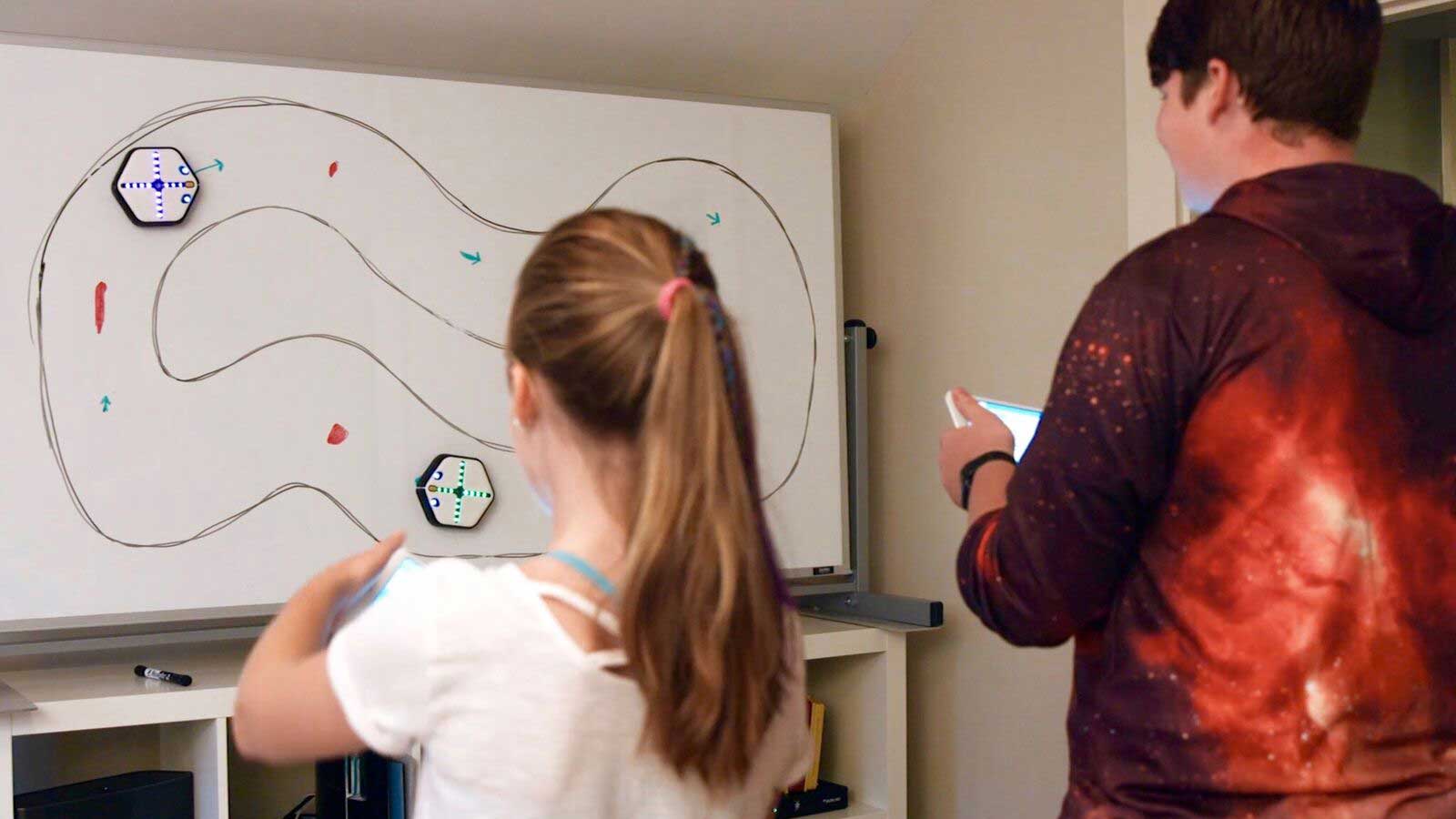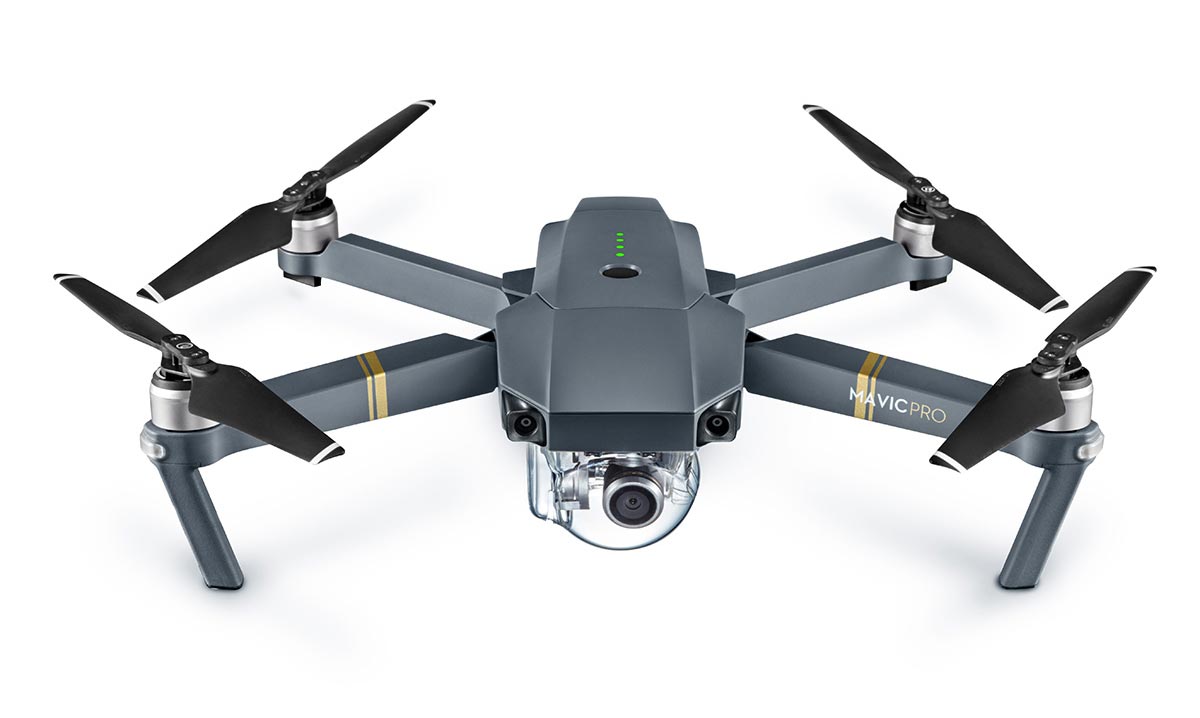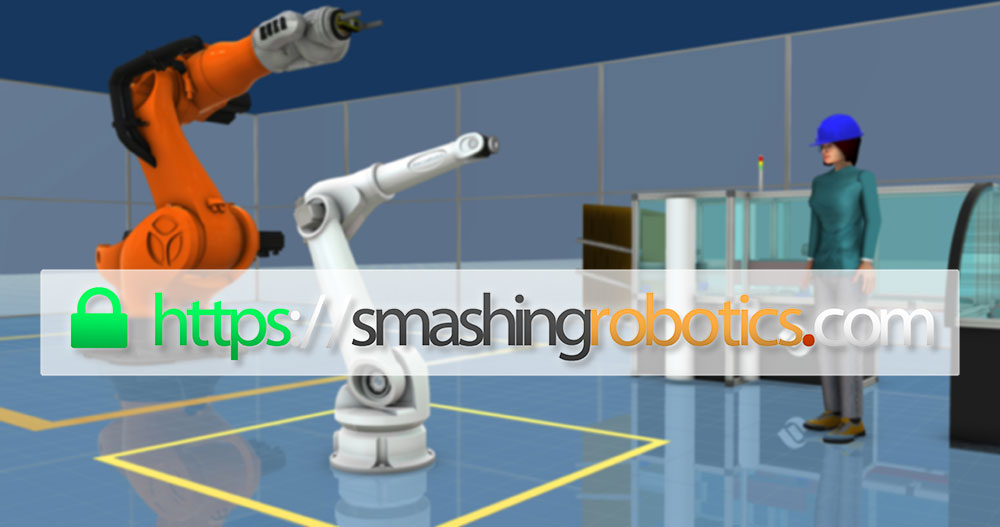We now continue our telepresence robot review, presenting to you more interesting robots and applications in the market, although some of them are yet to be released. You can read the first part of our roundup here or skip to part 3 directly.
Anybots QB Robot
The Anybots QB robot is a two wheeled self balancing robot that can be controlled through a simple web interface. It is primarily aimed at office environments, designed to enable the remote user to go to conference rooms, join conversations, roam around the office building and so forth.
Thanks to its cute design, interaction with on-site humans is much more friendly and engaging. A complete kit, including the robot, batteries and a charging station can be bought at under 10.000 US Dollars.
[yellow_box]Read more The Anybots QB Telepresence Robot Test Driven[/yellow_box]
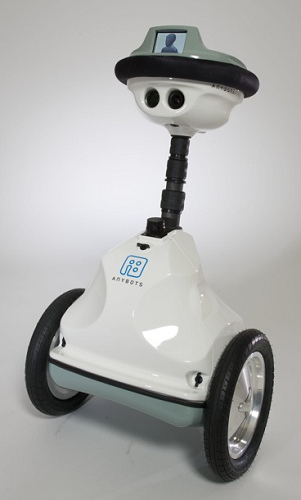
The robot is powered by an Intel Core2Duo CPU and comes equipped with video cameras and a 320×240 resolution LCD screen, which are mounted on a height adjustable pole that keeps the head of the robot at eye level – between 0.9 to 1.8 meters – with humans standing or sitting. The robot has a weight of 16 kg, can operate for 8 hours on a single charge and can travel at speeds up to 5.5 km/h, close to human walking speed.
iRobot Ava
The iRobot Ava is a development platform that was first presented in 2011 and constitutes the base for other concepts at iRobot. It is yet to be released on its own and it could include commercial and household applications, and it should be an affordable platform, as the company markets it. Designed primarily for Android tablet devices it can also be used with iOS powered iPads.
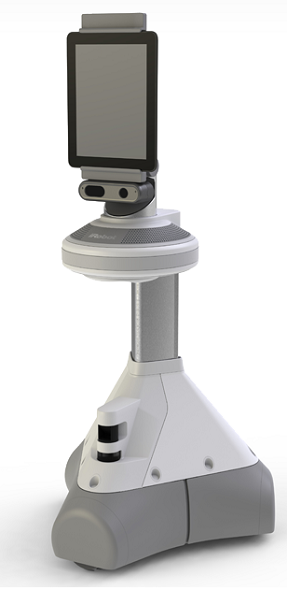
The plaform features a wide range of sensors, laser, sonars, tactile sensors, tilt sensors and 2D/3D imaging sensors, enabling it to autonomously navigate in dynamic environments such as a shopping mall, a hospital or other locations with intensive human traffic. The plaform features three omnidirectional wheels and a height adjustable torso – the tablet dock and interaction area.
It features autonomous recharging capabilities and users can interact locally with the robot through voice recognition and tactile areas for command input. The platform even supports manipulation hardware extensions and numerous communication interfaces.
iRobot RP-VITA
The RP-VITA, or Remote Presence – Virtual Independent Telemedicine Assistant robot is a result of the collaboration between iRobot and InTouch Health. Based on the Ava platform it is targeted at hospital environments, enabling doctors at remote locations to visit and diagnose their patients.
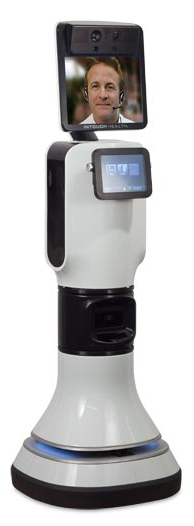
Apart from the advanced navigation and sensorial capabilities, offered by the Ava platform, the RP-VITA also offers support for class II medical devices that can be directly plugged in, providing a more effective means for the doctor at a remote location to receive data about the patient. The companies intend to release the robot as part of an integrated service, with per-unit fees of around 5000 US Dollars per month, officials say.
Giraff
The Giraff robot comes from Sweden and is primarily aimed at assisting the elderly in every day talks. Development was started by the company under the name HeadThere, in San Francisco, California but the business was completely relocated in 2009 in Vasteras, Sweden under the name Giraff Technologies AB. A few tens of robots have been delivered to date throughout Europe, and the Giraff was chosen in 2010 by Excite, a project started by the Orebro University in Sweden, to aid studying how elderly interact through Information Communications Technology (ICT).

The Giraff robot comes in four different flavors, with slightly different functionality. It is 1,6 meter high, weights 13 kg and features a 14 inch display, a 2 megapixel camera equipped with a 120 degree wide angle lens, speaker and microphone. The mobile base is constituted by 20 Volt high torque gearhead motors with integrated encoders and polyurethane wheels 125 mm in diameter. It features a patent pending biaxial anti-roll suspension and an aluminium chassis. It can operate more than 2 hours on a single charge.
The robot is powered by a VIA EPIA MII 10000 CPU and runs on Windows XP embedded OS. It communicates through a WiFi interface, while 3G support is yet to be added. It can be controlled through the Giraff Pilot PC application.
SuperDroid RP2W
The RP2W robot – as in Remote Presence 2 Way – now at its 4th generation, is basically a remote control telepresence robot. The robot features 2-way audio and video communication between the remote user and the robot on location. Communication is accomplished through a WiFi interface and the robot also features ultrasonic and tactile sensors to navigate safely through the environment. Priced at around 5300 US Dollars, the robot kit comes fully assembled and includes all required hardware to operate, including a fully configured Acer Aspire laptop, two 12 Volt SLA batteries, a charger for both the robot and the laptop and documentation.
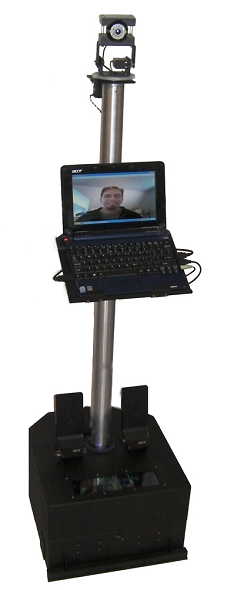
The robot can be controlled from a remote location with the aid of dedicated software and a gamepad controller. The camera of the robot has 360+ degree pan and 150+ degree tilt motions. The robot chassis is made of aluminium and it can it can operate over 8 hours on a single charge. The laptop runs on its own batteries when not plugged in and has an operating time of around 4 hours but optionally it can be set to charge from the robot’s batteries.
Adept PeopleBot P3-DX
As stated in its name, the PeopleBot P3-DX is based on the well-known Pioneer 3-DX reference robot base to which an extension, reaching to about 1,1 meters, has been added. Atop this extension a touchscreen display is found, connected to an onboard computer. The robot navigates with the aid of its 3 SONARs – front and rear facing on robot base, upper front facing on chassis extension – and it also features two IR break beam sensors to detect a table or other objects mounted at such height. It also features an array of tactile bumper sensors to detect collisions.
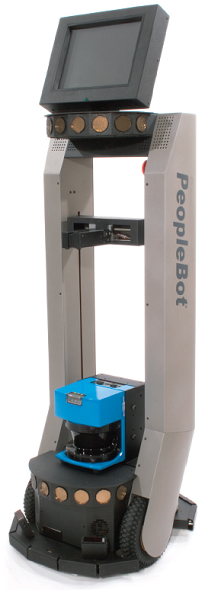
The options list is very long, the robot can be equipped with grippers or robotic arms, laser sensors, gyroscope, PTZ or stereo cameras or other audio-video devices. Support is also widely available, more advanced applications may include face recognition, autonomous navigation on greater distances and so forth. The industrial grade onboard computer is a Mamba EBX-37 powered by an Intel Dual Core CPU running at 2,26 GHz, which offers USB and RS-232 connectivity, dual Ethernet ports, a SSD hard drive and WiFi hardware.
With the aid of the included Pioneer SDK, available for Windows and Linux, which includes packages such data receive and control framework, simulators, graphical user interfaces for remote control and monitoring , and many more, the robot can be programmed to perform object tracking, path planning, display maps of sensor readings, localization and be remotely controlled.
The Pioneer 3-DX base is a 2 wheel differential drive platform with wheel encoders and a caster wheel for support. The microcontroller runs on ARCOS firmware and features 32 digital inputs, 7 analog inputs, 8 digital outpus and 3 serial expansion ports.
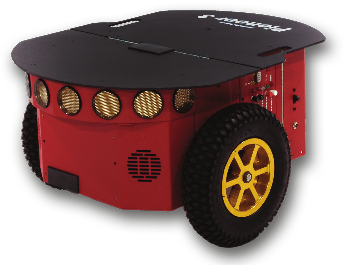
The whole robot has a weight of 21 kg (P3-DX base – 9 kg) and a payload of 8 kg. It can travel at speeds up to 2,8 km/h and can operate continuously for 8 hours on a single charge. It supports up to three 7,2 Ah 12 V SLA batteries. The price tag for such a robot greatly depends on applications, configuration and installed accessories, a starting point can be in the range of 25-35.000 US Dollars.
You can continue to part 3 of our review.
Resources
- Ava brochure, iRobot
- RP-VITA robot press release, iRobot
- RP-VITA robot page, InTouch Health
- Medical devices class II, Wikipedia
- Anybots website
- Giraff website
- Giraff robot details, Orebro University
- Giraff robot article, Robotdalen
- RP2W robots, SuperDroid
- PeopleBot robot page, Adept Mobile Robots
- PeopleBot brochure, Adept Mobile Robots
- Pioneer 3-DX brochure, Adept Mobile Robots



